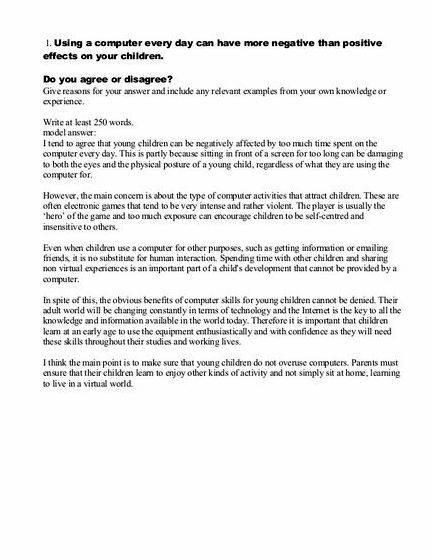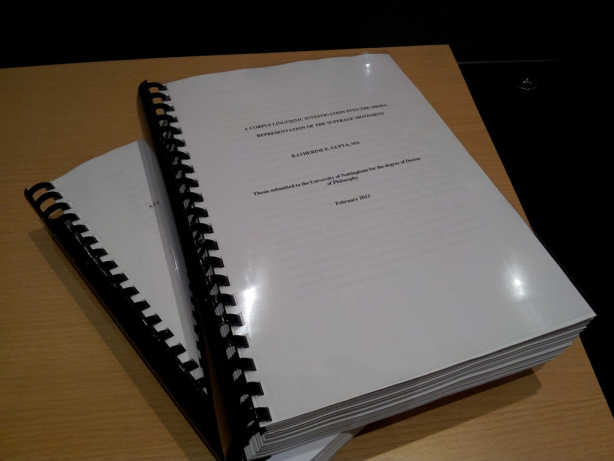Comparing object-based and pixel-based classifications for.
I am struggling to clearly understand the distinction between pixel-based and object-based classification in the remote sensing domain and am hoping someone from this community can provide insight. Based on the information I have so far, my current understanding is along these lines.
Comparing object-based and pixel-based classifications in this manner presents a number of issues. While, both methods produce a thematic map, the object-based approach appears to eliminate the salt and pepper or noise effect by considering mean pixel values within objects as opposed to individual pixel values. However, in using the.

Classification of EO imagery using pixel-based and object-based image analysis was performed using three machine learning algorithms. No statistical difference between object-based and pixel-based classifications was found when the same machine learning algorithms were compared. When conducting object-based image analysis, RF or SVM algorithms.

On this line of research, such a methodology has been examined for pixel-based classification on multi-spectral ASTER data (21), comparing the results with an object-based approach relying on.

PIXEL VS OBJECT-BASED IMAGE CLASSIFICATION TECHNIQUES FOR LIDAR INTENSITY DATA Nagwa El-Ashmawyab,. Maximum likelihood classifier used as pixel-based classification technique; and b) Image segmentation used as object-based classification technique. A study area covers an urban district in Burnaby, British Colombia, Canada, is selected to test the different classification techniques for.

A COMPARISON OF OBJECT-ORIENTED AND PIXEL-BASED CLASSIFICATION METHODS FOR MAPPING LAND COVER IN NORTHERN AUSTRALIA. T. Whiteside 1,2, Ahmad, W.2 1School of Health, Business and Science, Batchelor Institute of Indigenous Tertiary Education, Batchelor, NT. 2Faculty of Education, Health and Science, Charles Darwin University, Darwin, NT.

Object-based classification is a technique, which is based on the classification of image objects after segmentation process of remote sensing imagery. This method depends on knowledge-based membership functions that clearly define rules to classify a feature, essentially a group of pixels, rather than applying a single decision rule on a pixel-by-pixel basis (Wuest and Zhang, 2009). Recently.

The first two have been very popular and mostly used for pixel-based classification. However, Object-based supervised image classification is in recent times used for the classification of very.

Pixel-based classification. In pixel-based classification, individual image pixels are analysed by the spectral information that they contain (Richards, 1993). This is the traditional approach to classification since the pixel is the fundamental (spatial) unit of a satellite image, and consequently it comes naturally and is often easy to.

Image analysis by Object-Based Classification (OBC): Object based classification is different from the pixel based classification approach as it works on the group of pixels instead of direct pixels. OBC has two steps: (i) Image Segmentation to generate segmented image and (ii) classification of segmented image. Image segmentation is the basic.

Section 2 firstly provides a brief description of pixel-based image classification methods for extraction of urban built-up areas. Then the proposed object-based classification method is elaborated.Section 3 presents a brief description of the study area and data. Section 4 reports the classification results by the.

Our investigation has revealed that the object-based method is more accurate than the pixel-based method in the following two scenarios: (i) in the presence of a perfect segmentation task prior to object-based classification; (ii) whenever NPR is less than 8 pixels (corresponding to 240m in the current resolution). This second case is justified.

In this study, we look at the performance of object-based image analysis in classifying satellite images with different spatial resolutions; comparing the classification results with those produced by the pixel-based method, we intend to find out how spatial resolution of satellite images influences the performance of object-based image.



